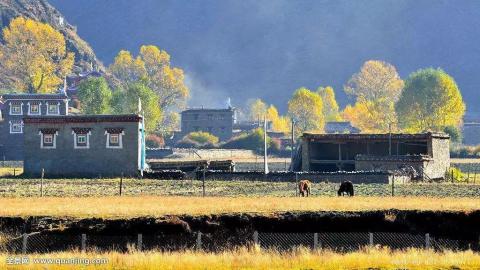
In western Sichuan, cultures from the east, west, north and south are exchanged here, and the civilizations of the Yangtze and Yellow Rivers are integrated here. Unique Bashu culture, mysterious and simple Tibetan, Qiang and Yi customs. Hundreds of millions of years of geological movement have created the magnificent and rugged scenery of Bashu. The unique humanistic and geographical environment has given birth to rich cultural accumulation.
Most of the scenic spots in Western Sichuan are far apart, so it is recommended to carpool/charter a car/drive yourself there. Winter is too cold, and the scenery in spring and summer is also very good, but autumn has the richest layering.
I have been thinking about Western Sichuan for three years, and now I finally made it. I saw and heard something worth noting, so I remembered it.
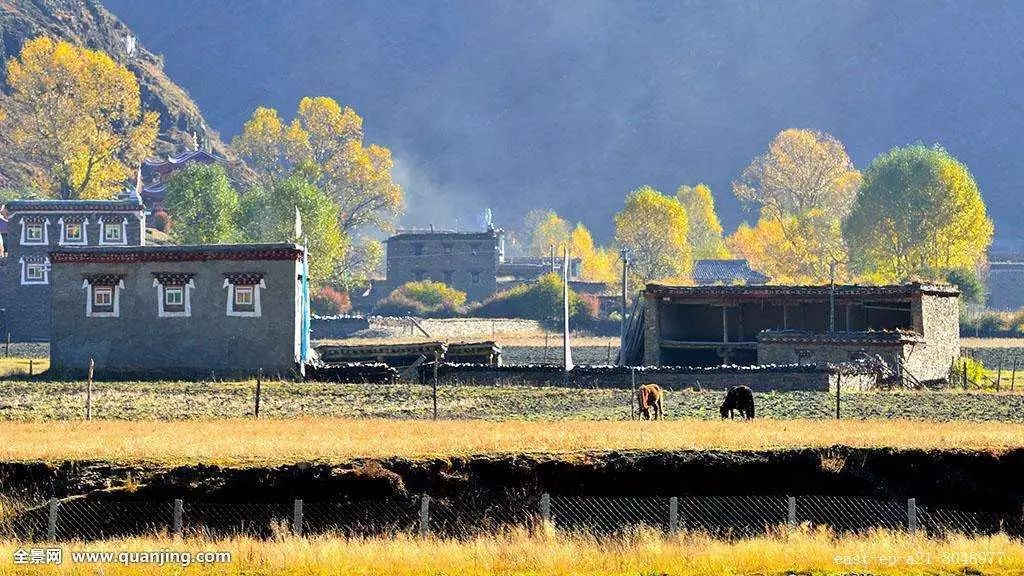
Western Sichuan (picture source network, intrusion and deletion)
Western Sichuan
Pre-departure advice
1. Clothing: In summer, you only need a pair of mountain shoes with strong grip, a summer singlet, a pair of cotton trousers, and a windbreaker to keep warm and cold. The jacket I prepared didn't come in use either.
2. Regarding high anti-reflection: Because there is no comparison, the effectiveness of Rhodiola rosea cannot be verified. I started taking it irregularly one week before the trip. After arriving at the plateau, my physical signs were severe but my symptoms were mild - my oxygen saturation was 79%, my fingertips were purple, and I had a slight headache. Control your water intake during the day and replenish more water at night (because you lose a lot of water throughout the day) 50% GS is quite useful. No oxygen (proud face)
3. Tibetans: Compared with the past, Tibetans are no longer simple. There are fees for toilets and parking on the road. Don't get into trouble with them for obvious reasons.
4. Ecology: The plateau ecology is extremely fragile, and even degradable garbage may be destroyed. Please bring a trash bag with you.
5. Water resources are scarce in Tibetan areas. There have been water outages throughout the city, and sanitation is inevitably unsatisfactory. Recommended goodies: hand sanitizer.
Western Sichuan
Itinerary introduction
This trip first follows the Southern Sichuan-Tibet Line to Daocheng, Aden, and then returns to Chengdu via the Northern Sichuan-Tibet Line.
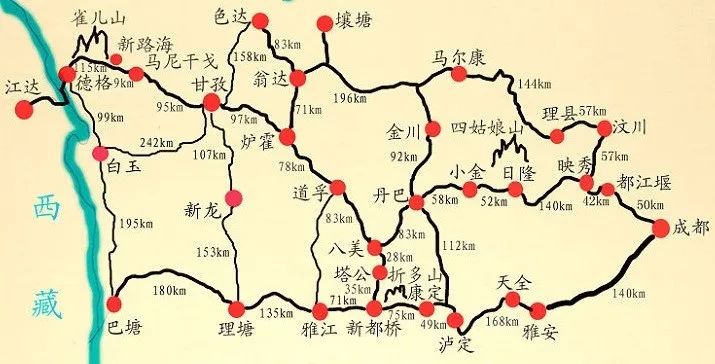
Sichuan-Tibet Line (picture source network, intrusion and deletion)
Although the national highway 318 on the southern route is newly repaired and in good condition, its strength proves that "the road to Sichuan is difficult, and it is difficult to reach the sky." Along the way are the Dadu River with turbulent waves, the endless tunnels of Erlang Mountain, the first melting snow on the mountains after passing Kangding and entering the Tibetan area, the divine light on the horizon after the thick fog with a visibility of only 10 meters, and the dotted mountains. Haizi Lake, the mountains with gentle lines, the shades of the mountains are covered with greenery, and the shades of the mountains are lush with water and grass. Forest meadows intersect with mountain canyons, and behind quiet lakes there are rapid waterfalls and rivers, supplying a developed water conservancy system. I saw cyclists riding mountain bikes or Harleys on the N hairpin bend. The rainbow across the sky after the rain on Kazila Mountain.
318 is quite scenic, and the places it passes through are relatively densely populated and have relatively complete infrastructure. The Northern Route 317 is rarely developed, and the scenery is even more primitive and magnificent. The Seda and other places along the way make the entire northern route mysterious and religious. Driving 317 is even more difficult and dangerous, and only experienced drivers can do it. Traces of new landslides and mudslides are common along the way. The tunnels we pass through are also invisible, as if they have never been ventilated after being dug, and there are tunnels without tribute cement. Above the roaring waters of the Suomo River, across the canyon are prayer flags to honor the water gods of the trees. Dark ice on the road can be deadly in winter. On the way back, it was quite scary to witness the overturning and lifting scene of a large truck. Therefore, it is recommended to plan your itinerary loosely, especially during the summer rainy season when you may have to travel through landslide areas.
Western Sichuan
What I saw and heard
Traveling to the west of Sichuan, I saw many cute or savage animals : the herds of yaks and the cute black Tibetan pigs on the road would make even the wildest experienced driver put on the brakes. Wild Tibetan macaques show half their heads in the mountains and occasionally attack passers-by. The blue sheep jump repeatedly across the cliff at an angle of almost 90°. The prairie dog digs holes in the soil of Seda, but as long as you are tempted with the milky and fragrant pancakes, it will come out and sniff obediently, eating until it is full of fat. There is also a sheep named "Tianba", whose smell is very fragrant. I'm sorry to bother you. The horses at Luorong Cattle Farm are more diligent than those at Shandan Military Horse Farm. They drink water or run and jump in the sun, and the sound of bells is endless.
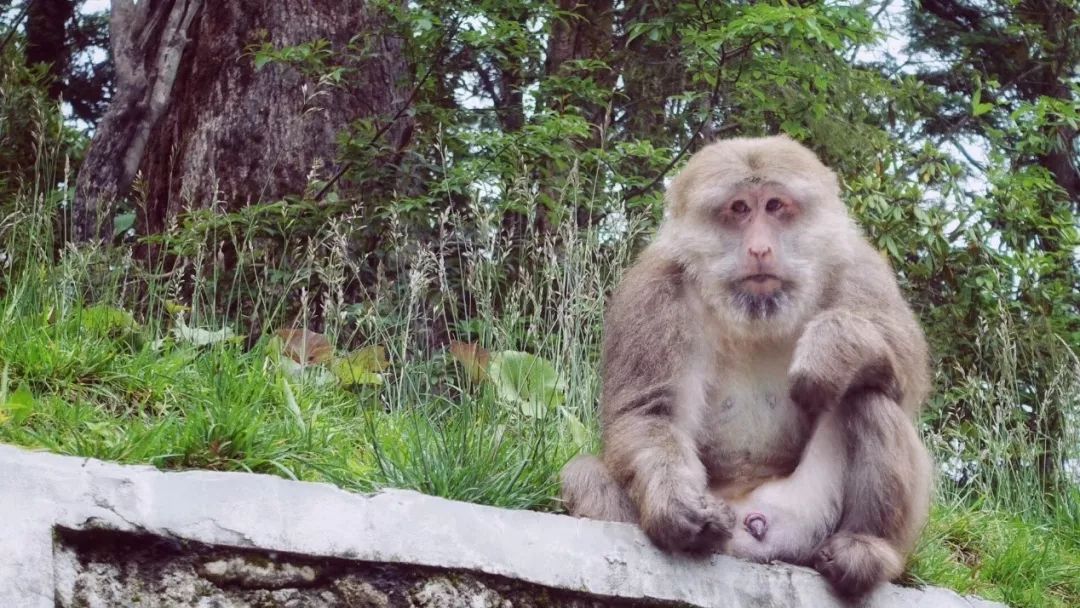
wild Tibetan macaque
I never expected that during the Dragon Boat Festival, my mobile phone almost fell into the Dadu River to offer sacrifices to the heroic spirit, and then hung in a small ditch. From then on, I took a small camera and established an unequal human (fei) body (chang) dependence (nian) attachment (ren) relationship with the children.
Hailuogou is located in the core of the Hengduan Mountains, with a drop of more than 6,000 meters. It has seven vegetation zones and seven soil zones, and is worth a half-day visit.
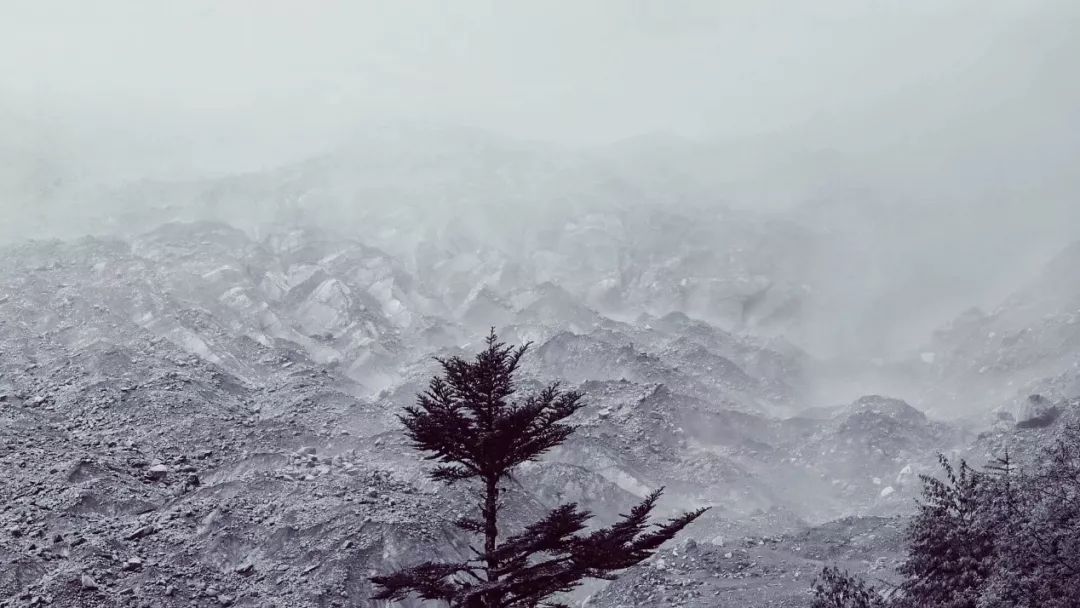
Hailuogou Glacier
After getting off the bus, we went straight to the ancient glacier ruins at the highest altitude within our reach. There are red rocks and gravels under the glacier, sometimes covered by heavy fog. Occasionally, after being torn open by the sun, you can see the lush virgin forest. The road is not easy to walk on, so be careful to protect your equipment.
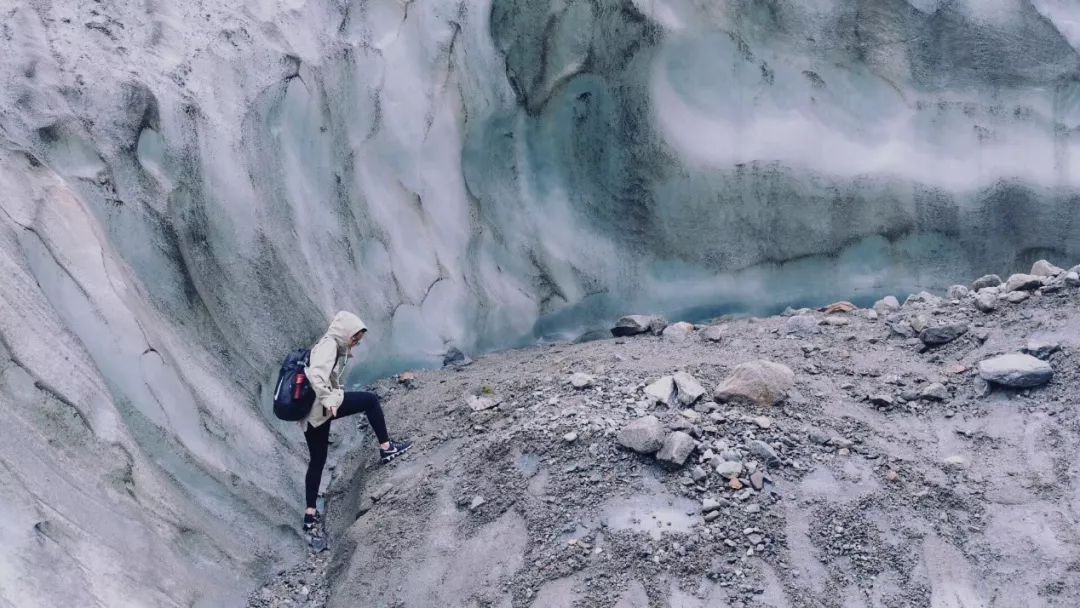
Hailuogou Glacier
Xinduqiao is known as the "photographer's paradise" and "the world of light and shadow", but I didn't take any pictures during my short stay. (Well, I still didn’t do my homework on the camera location). This is the biggest regret of this trip.
In Haizi Mountain, looking at the ancient ice cap, someone sprinkled blessing runes like a goddess scattering flowers.
Although there are many passing scenic spots along the way, after all, I have seen similar ones on the shores of Qinghai Lake, so it is not as tempting as the first sight. Just comfort yourself, the beautiful scenery does not lack a fan for me.
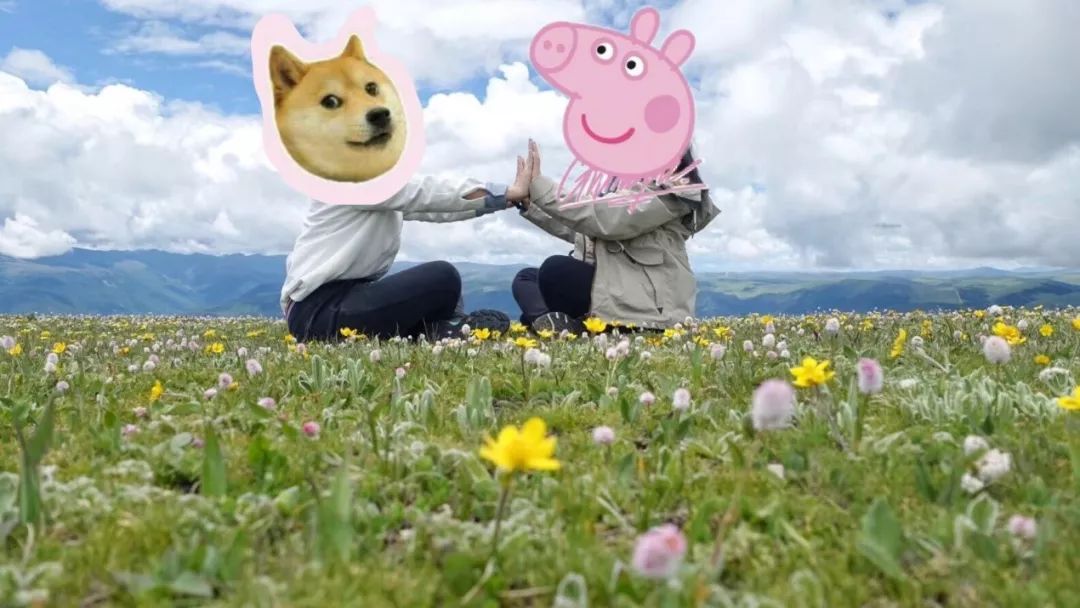
The flowers along the way are frivolous and the mosaic is fragrant.
On the edge of Daocheng stands a row of tall and tall poplar trees, which look particularly vibrant under the afterglow of the setting sun, refreshing the lungs and nourishing the heart.
I stayed in Shangri-La Town at the foot of Mount Aden for two nights. Every night, the town is always very lively with singing and dancing. We also encountered a city-wide water outage here.
The scenery of Aden is naturally very beautiful, but the snow-capped mountains have long since melted, and the forests have not yet been dyed, which is a bit regretful. One ticket is good for three days, and all you need is a selfie taken in the scenic area the day before. It’s just that the sightseeing bus that reaches the scenic spot Zhaguanbeng from the door needs to be charged again. The bus also takes more than an hour.
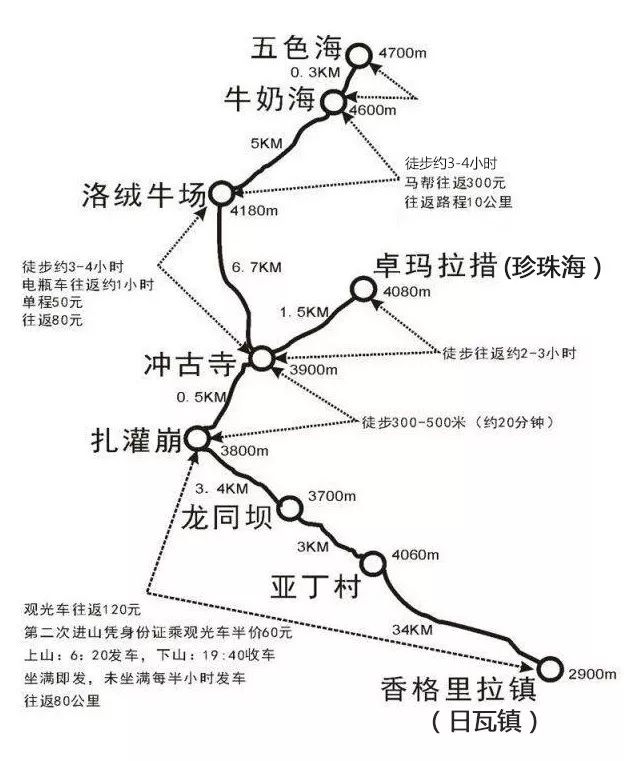
Overview of Aden (picture source network, intrusion and deletion)
The short-term trip to Aden takes about half a day . It takes less than 2 hours of walking along the plank road from Chonggu Meadow to see Xiannai Sun reflected in Pearl Sea
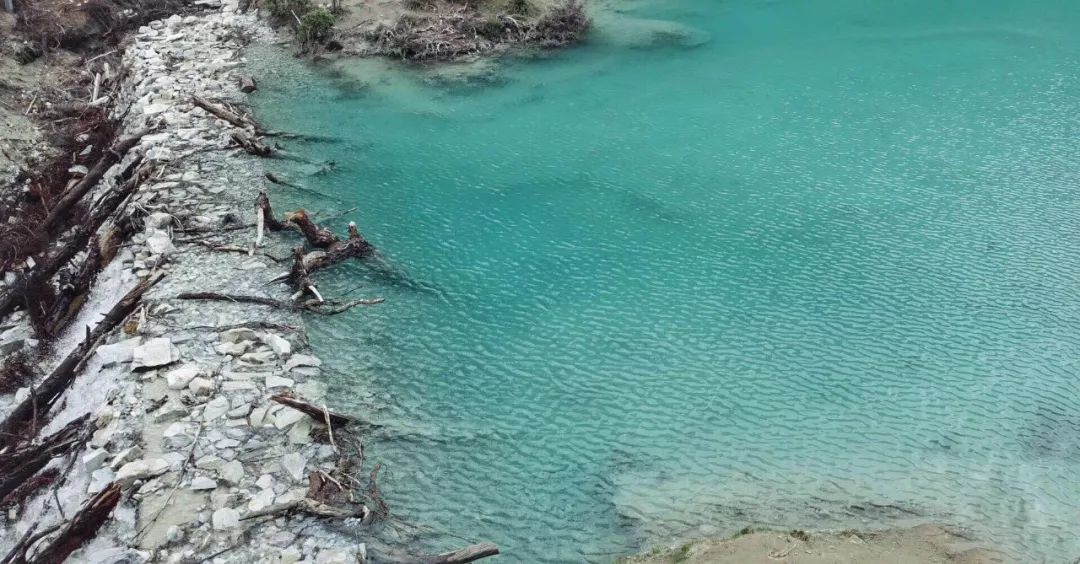
Pearl Sea (Dolma Lacuo)
Next to Chonggu Temple is the Manidui (a pile of stones engraved with the eight-character mantra of light: "Om Zhimou Yesalinde").
From Chonggu Temple to Luorong Cattle Farm you can take a battery car or hike. This road has a very smooth plank road, which does not consume much energy. It is said that the scenery along the way is also good, but we did not go through it.
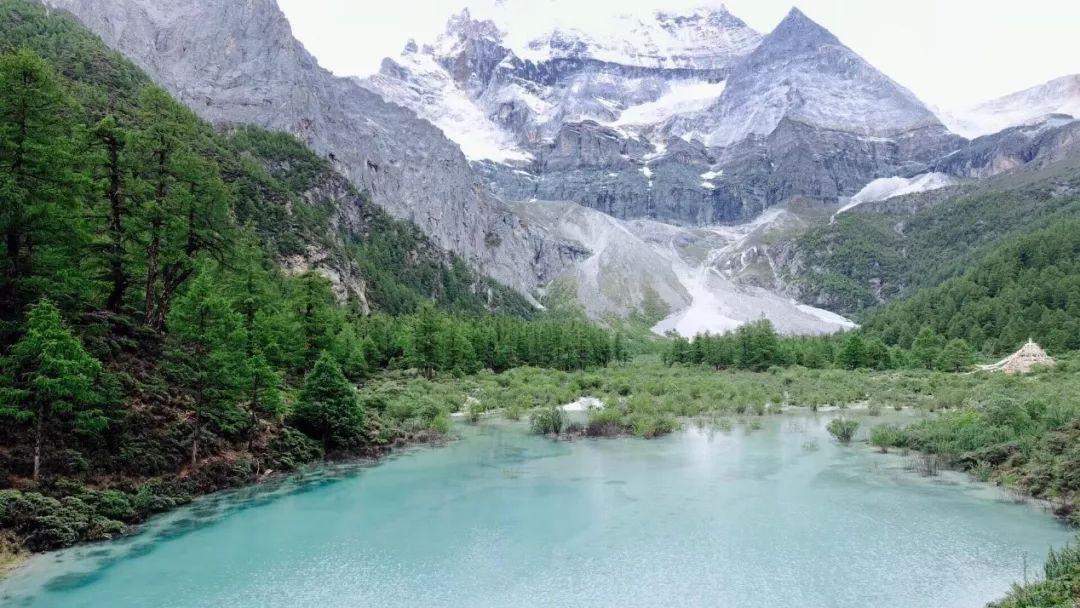
Pearl Sea (Dolma Lacuo) and Xiannairi
How to have fun in the short term, we chose the long term on the second day:
Zhaguanbeng - Chonggu Temple - Luorong Cow Farm - Milk Sea & Five Color Sea. It’s best to start early and head straight to the top. Zha Guanbeng walks 500 meters to Chonggu Temple. It takes about 20 minutes by electric car from Chonggu Temple to Luorong Niuchang (the guy on the outbound trip is very flirtatious, and the driver on the return trip has a sweet singing voice that won the praise of the whole car). It takes about 1 hour to walk from Luorong Niu Farm to Sheshen Cliff. Manis piled up by monks can be seen on the road. It takes about 1.5 hours from Sheshen Cliff to Milk Sea (because of heavy rain). You can ride horses from Luorong Niu Farm to Sheshen Cliff (500RMB), but the supply of horses is limited, so you need to arrive very early. Shanuoduoji Peak and Yangmaiyong on this line are particularly majestic. It is also easier to experience high reflexes.
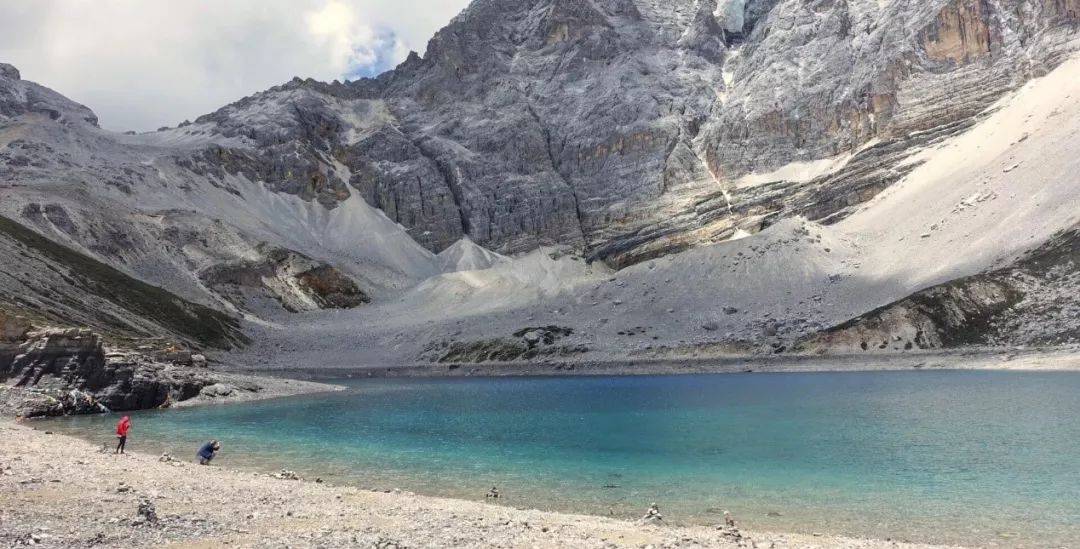
five color sea
I walked around clockwise next to the White Pagoda (Zunsheng Pagoda) in Daocheng County. The prayer wheel swayed and made a squeaking sound, as if in response to people's prayers. Daocheng didn't look at the stars all night. It's always like this, the moon phase and the weather, if you miss it just a little bit, you'll miss it. This is the second biggest regret of this trip.
After Daocheng, we started to head towards Seda along National Highway 317, and the religious color along the way became more intense. Lamas and Juem drove cattle or rode tractors. Buildings, street lights and other public facilities also have Tibetan Buddhist features. Thousands of people will gather in Seda during the pujas in January, April, June and September, and accommodation will be very tight. Thousands of crimson sutra houses (called Zhakang in Tibetan) are lined up on the mountain, forming the Wuming Buddhist Academy in Rio de Janeiro, China. The monks live a simple life here.
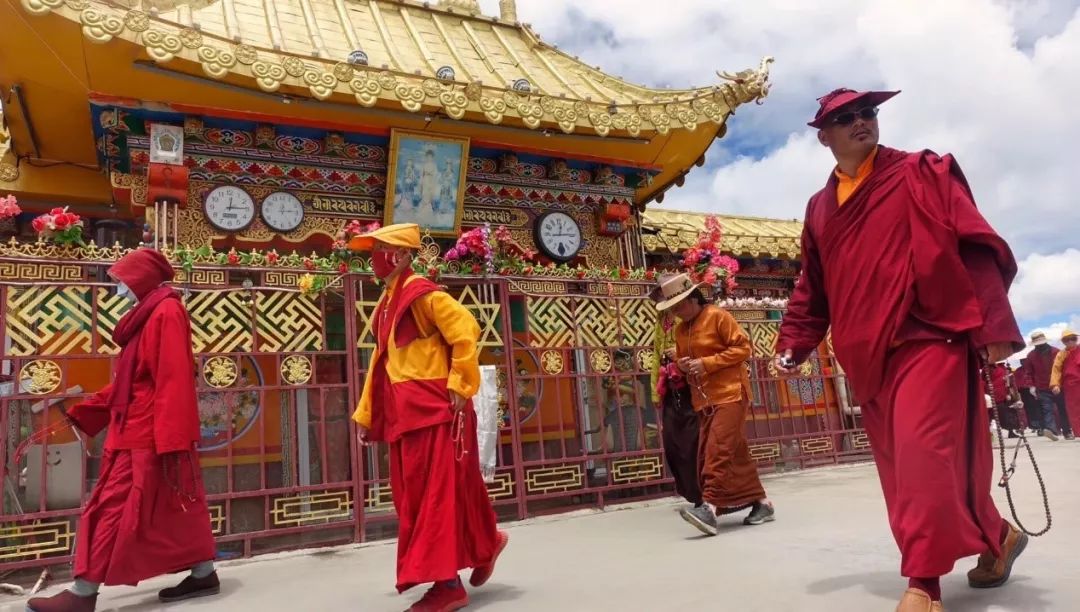
Monks on the mandala
There is a mandala in the center of the Buddhist academy. The monks are chanting sutras and turning around the mandala, walking in a hurry, kneeling three times and prostrating nine times, or prostrating on the straw mats next to the mandala.
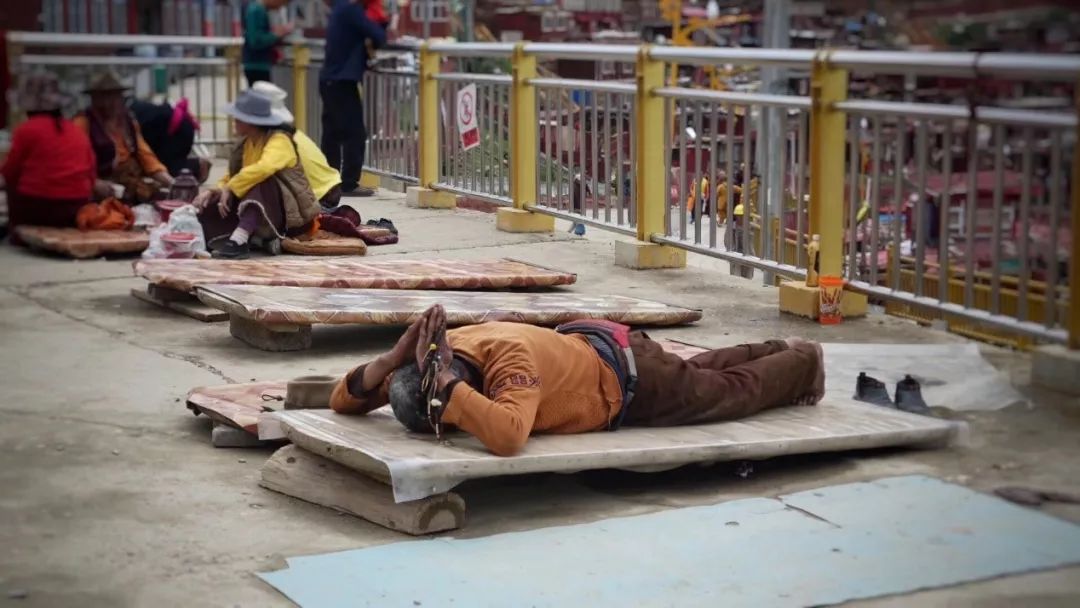
Worshipers prostrate themselves on the mandala
Some lamas and Jomu don't like to be photographed. You can take the bus to and from the Buddhist Institute. It costs 4 yuan per person without change. The last bus at night is about 9:30. The third regret of this trip: I couldn’t wait to see the night scene of the thousands of prayer rooms at the Buddhist Academy with lights on.
Seda has the largest sky burial platform within dozens of miles, where the most solemn reincarnation ceremony: sky burial is held. Tibetan Buddhist funeral culture is very unique. Only those who have reached a certain level are allowed to be buried in the sky. The sky burial begins at 2 p.m. As I sat there waiting for the sky burial to begin, I felt a sudden dark wind blowing from the otherwise clear sky. Only then did I, a not-so-firm materialist, realize that some things could really change the color of the wind and clouds. Hundreds of vultures hovered above the sky burial platform, like rows of dark bombers swooping in from an old documentary. There are sky burial masters in colorful clothes who cut open the body of the deceased. Before this process is completed, the family members of the deceased need to drive away the vultures that have arrived early. When the curtain opened, the eager vultures swarmed up and competed for their food. Thanks to my poor eyesight, I couldn't see these bloody scenes clearly, and our driver, who had excellent eyesight, vomited. The deceased was a large person and photography was strictly prohibited.
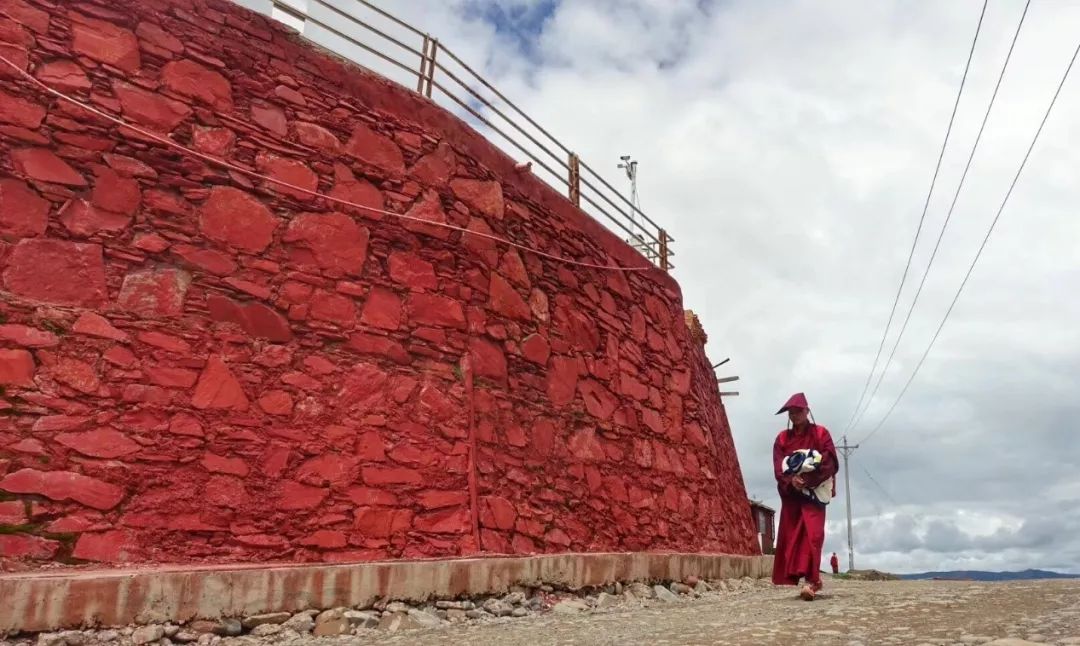
a joemu
When I rushed back to Chengdu, I gave up Jiaju Zangzhai and Siguniang Mountain, which is considered the fourth regret of this trip.
Passing by Wenchuan. Although Wenchuan, as the source of the earthquake, suffered less damage than Beichuan, the uninhabited houses, abandoned roads, and exposed mountains all tell the story of the scene where ghosts cried together during the catastrophe ten years ago.
Returning to Chengdu finally felt like returning to the world again. The spicy smell all over the street is choking. The nightlife in Chengdu is much more real than that in Hangzhou. I went to a hotpot restaurant at 9pm, and there were 86 people lining up in front of me... The ladies on the streets of Chengdu are all exquisite and beautiful. The food is also very famous, and Kuanzhai Alley and Jinli are also frequented by gourmets. On the first day after arriving in Chengdu, I ordered the slightly spicy mandarin duck pot with our children. In the end, I ate everything in the small clear soup pot in the middle. From then on, I became fond of Sichuan spicy food. Thanks for not being sensitive. Later, I ate Lao Ma’s Hoof Flowers next to the Slippers Youth Hostel (very regular, highly recommended): fragrant and soft, the fragrance is healthy, and paired with refreshing and sweet noodles, it is enough for me, who is not too hungry. People remember it for a long time.
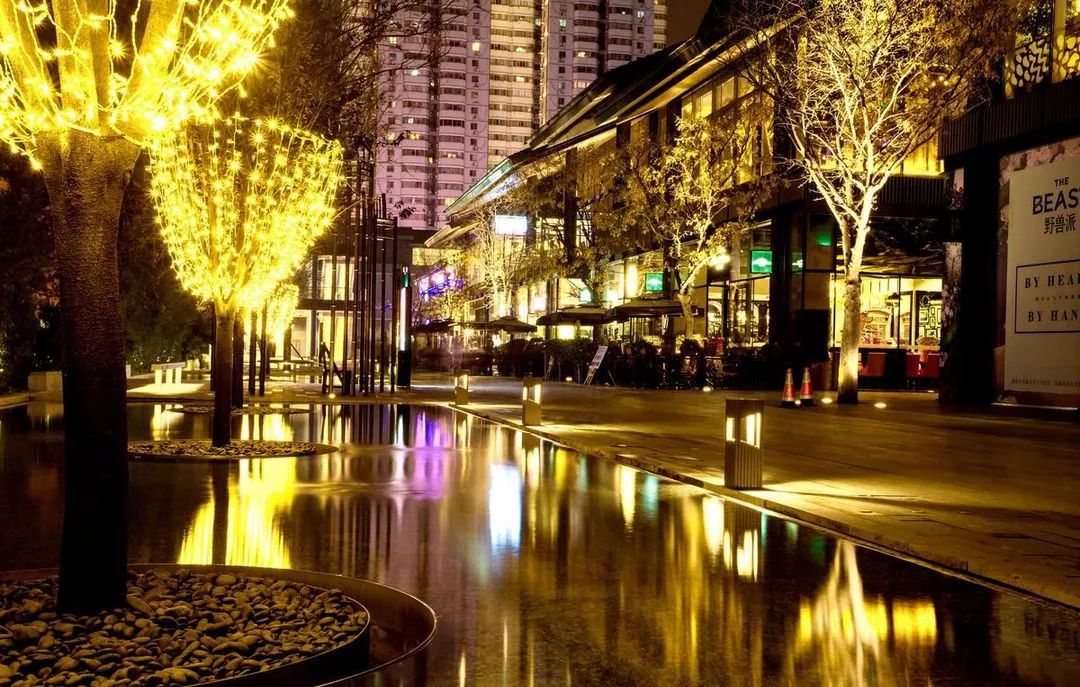
Taikoo Li night scene (picture source network, intrusion and deletion)
I walked around Taikoo Li and got the MUJI matcha marshmallows that I had been craving for. I checked in at a place where my idol had been and bought a copy of "Barcelona 1988" to keep me entertained on the 13-hour train ride back. (There is actually no difference between Taikoo Li and Yintai~)
It is best to get up early to see the national treasures at the Chengdu Giant Panda Breeding Base, and go to the Moon Delivery Room first to see the babies before visiting. Gunguns are so round and cute~
In the evening, I went to see the Sichuan Opera Face Changing at Jinjiang Theater. One hour before the show starts, you can enjoy free bowl of tea at Yuelai Teahouse next to the theater with your ticket. "The spring beauty of Jinjiang comes to heaven and earth, and the floating clouds of the jade barrier change the past and the present." On the stage of Jinjiang Theater, the moon sets and the lights turn red again. The joys and sorrows are truly moving.
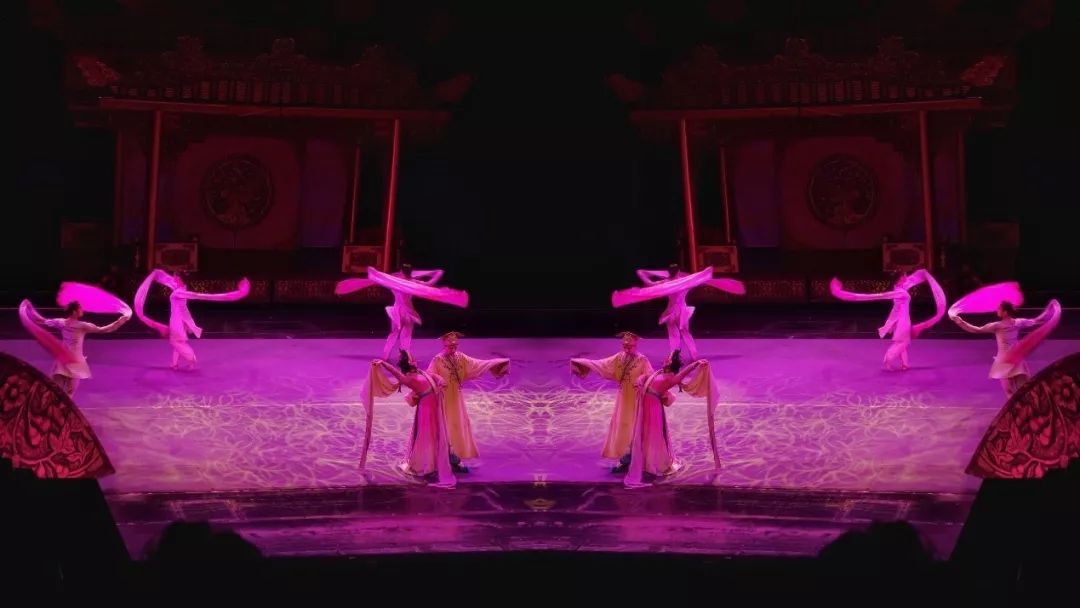
I hate you and me on stage, or me and me off stage, it’s not about you and me.
A total of 11 days and 9 nights plus travel expenses totaled 6,000+. I am very lucky to have found a reliable travel companion. She is a very outstanding, handsome and intelligent young lady, a Cantonese boy who is very good at eating and living like a curious baby, a retired boy who fought against death on the front line during the 2008 Wenchuan earthquake, and a cute and kind-hearted child. .
At the end of my graduation trip, I felt like an incompletely evolved monkey, breaking into a primitive forest in a turbulent world full of diplomatic rhetoric. These little fates I encounter are all my luck. And the mountains and rivers are there, extremely wise and moderate.
